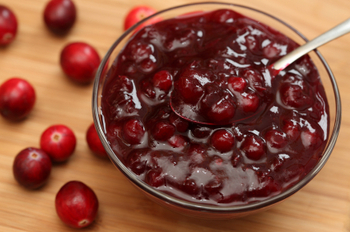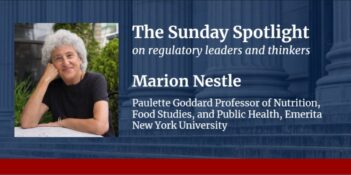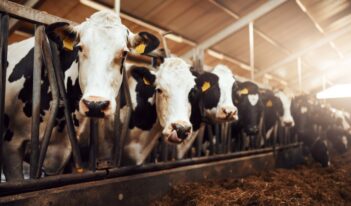
Thanksgiving staple faces a surprisingly complex web of regulations.
As Americans gather today to celebrate Thanksgiving, most will enjoy a traditional turkey feast that includes a cranberry side dish. The cranberry grew wild when European settlers celebrated their first thanksgiving in the 1600s, but today the fruit has become a featured product produced by a modern, regulated industry.
Cranberry production and processing has become a big business. Farmers annually grow more than 750 million pounds of the fruit, most of which finds its way into juices and dried snacks (what one manufacturer calls “craisins”).
Growth in the cranberry industry has been accompanied by a growth in federal regulation that undoubtedly no one at the first thanksgiving could have imagined.
Cranberry growers and processing facilities must obviously comply with all general regulatory standards, including workplace safety rules and general environmental standards. But a quick check in the online version of the Code of Federal Regulations (CFR) yields a search result of more than 90 different sections specifically devoted to the cranberry.
These CFR sections address several facets of cranberry farming and production, from the use of pesticides to standards for weights and measures. Did you know, for example, that by law the size of a cranberry barrel is smaller than barrels of other fruits and vegetables? It even has its own name: the “cranberry barrel.” (Cranberries also have their own section in federal rules about crop insurance.)
Drawing on data collected by the U.S. Department of Agriculture (USDA), the Food and Drug Administration has announced that for its regulatory purposes the average American eats an estimated 70 grams of cranberry sauce or relish at any given sitting – presumably mainly on Thanksgiving.
The cranberry industry’s biggest regulatory concern today lies with restrictions targeting sodas and other sweetened drinks. Cranberry juices come packed with added sugar – much like sodas – but they also contain healthful nutrients. Industry representatives seek to distinguish the regulatory treatment of cranberry juices from that of other sugary drinks, especially in a looming USDA rulemaking over what beverages schools will be allowed to sell in vending machines. So far, the industry has won over some major supporters on Capitol Hill who have created a bipartisan “cranberry caucus.”
With its place on the Thanksgiving dinner table alongside the traditional roasted turkey, the cranberry clearly holds a special place in American history and culture. But just as clearly the modern cranberry industry also has come under the oversight of today’s regulatory state.



